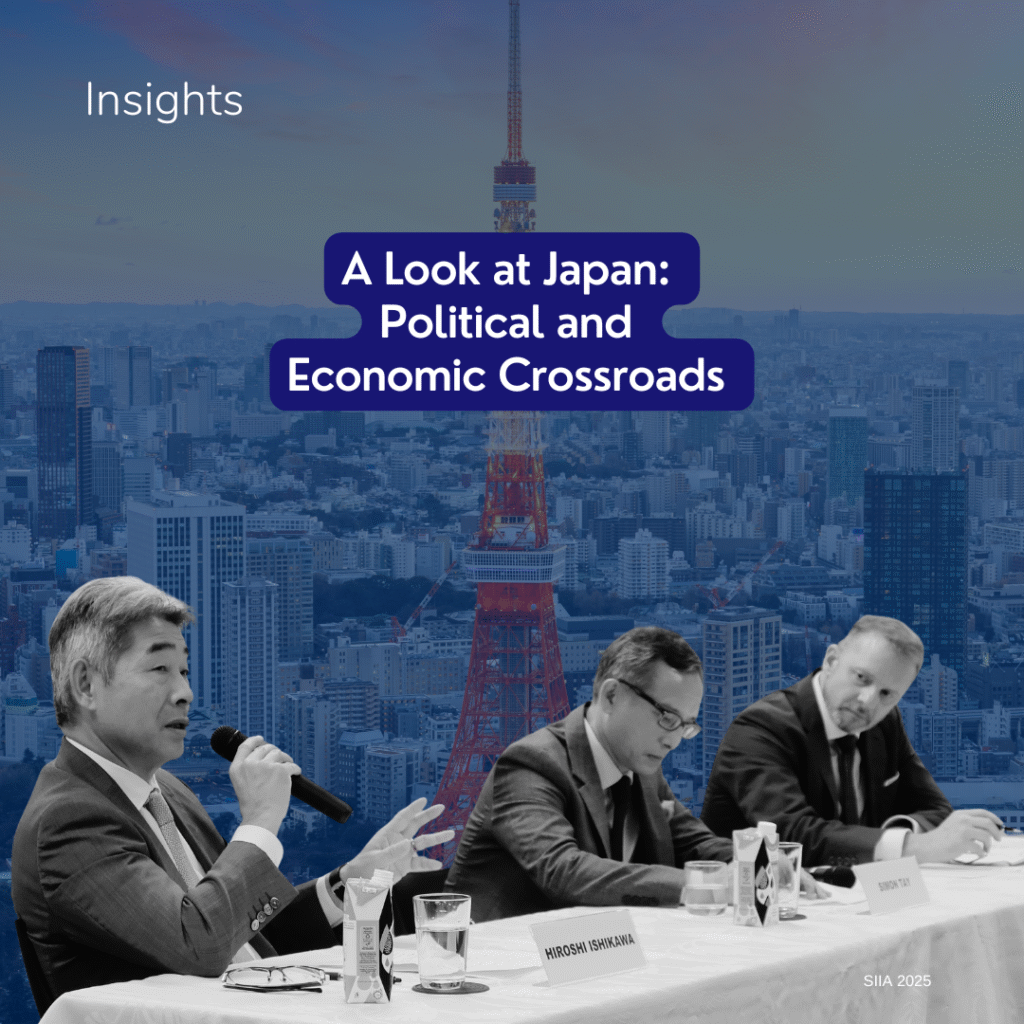Japan has increased defence spending for the first time in 11 years, relaxed decades-old, self-imposed arms export bans, and passed a constitutional reinterpretation, which would allow the Japanese military to aid allies overseas under the banner of “collective self-defence”. Prime Minister Shinzo Abe is evidently pushing Japan towards a bigger regional security role, a goal he declared at the Shangri-La Dialogue in Singapore last month.
The media has highlighted Mr. Abe’s moves as a “sharp departure” from Japan’s post-World War II pacifism. At worst, he is framed as a right-wing nationalist who is returning to Japan’s militaristic past. While he is indeed straying from pacifist tendencies, Mr. Abe’s actions remain unrecognised as part of a more long-term foreign policy, which Japanese elites have been pursuing long before he assumed office.
For example, the Kiichi Miyazawa administration passed a post-Cold War peacekeeping law in 1992, authorising Japanese military forces to participate in United Nations operations in Cambodia, the Golan Heights, and Mozambique. In light of 9/11, then Prime Minister Junichiro Koizumi also enacted new anti-terrorism laws, which enabled Japanese troops to be deployed in Iraq and support American-led coalition forces.
The United States’ perceived decline has contributed to Japan’s gradual abandonment of passive self-defence policy. Mr. Abe’s security advisor stated earlier this year that the US “can no longer afford to play the world’s policeman”. Consequently, Japan has been courting other regional allies in the Association of South East Asian Nations (ASEAN), both bilaterally and through multilateral meetings, such as the ASEAN Regional Forum and the ASEAN Defence Ministers Meeting Plus. What’s more, Japan and Australia’s strategic partnership is growing. During his visit to Australia last week, Mr. Abe signed agreements bolstering defence and trade ties. During an unprecedented address to Australian parliament, he also declared Australia its “closest friend in Asia”.
China’s military rise is the other crucial driver behind Japan’s grand proactive security strategy. In order to strike common ground with potential Southeast Asian allies, Japan has drawn parallels between China’s aggressive stance in the South and the East China Sea. Both disputes are arenas for negotiating regional order, and Japan wants to enter the ring. With its recent relaxation of arms export rules, Japan has already provided patrol vessels to Indonesia, and plans to provide for the Philippines and Vietnam as well.
China has been the greatest critic of Mr. Abe’s recent non-pacifist direction. Japan’s security policy shift however, is not simply a reckless decision of a nostalgic, nationalist hawk. More likely, Mr. Abe’s military actions are part of Japan’s larger security strategy to play a greater regional security role.
Sources:
What Japan’s military shift means [BBC News, 2 Jul 2014]
Tooling up for war: Can Japan benefit from lifting the arms export ban? [Japan Times, 28 Jun 2014]
The Quiet Achiever: Australia-Japan Security Relations [Lowy Institute, 10 Jan 2011]
Japan’s Visions for Future Security and Defense Capabilities in the New Era [Japanese Government, Aug 2010]




